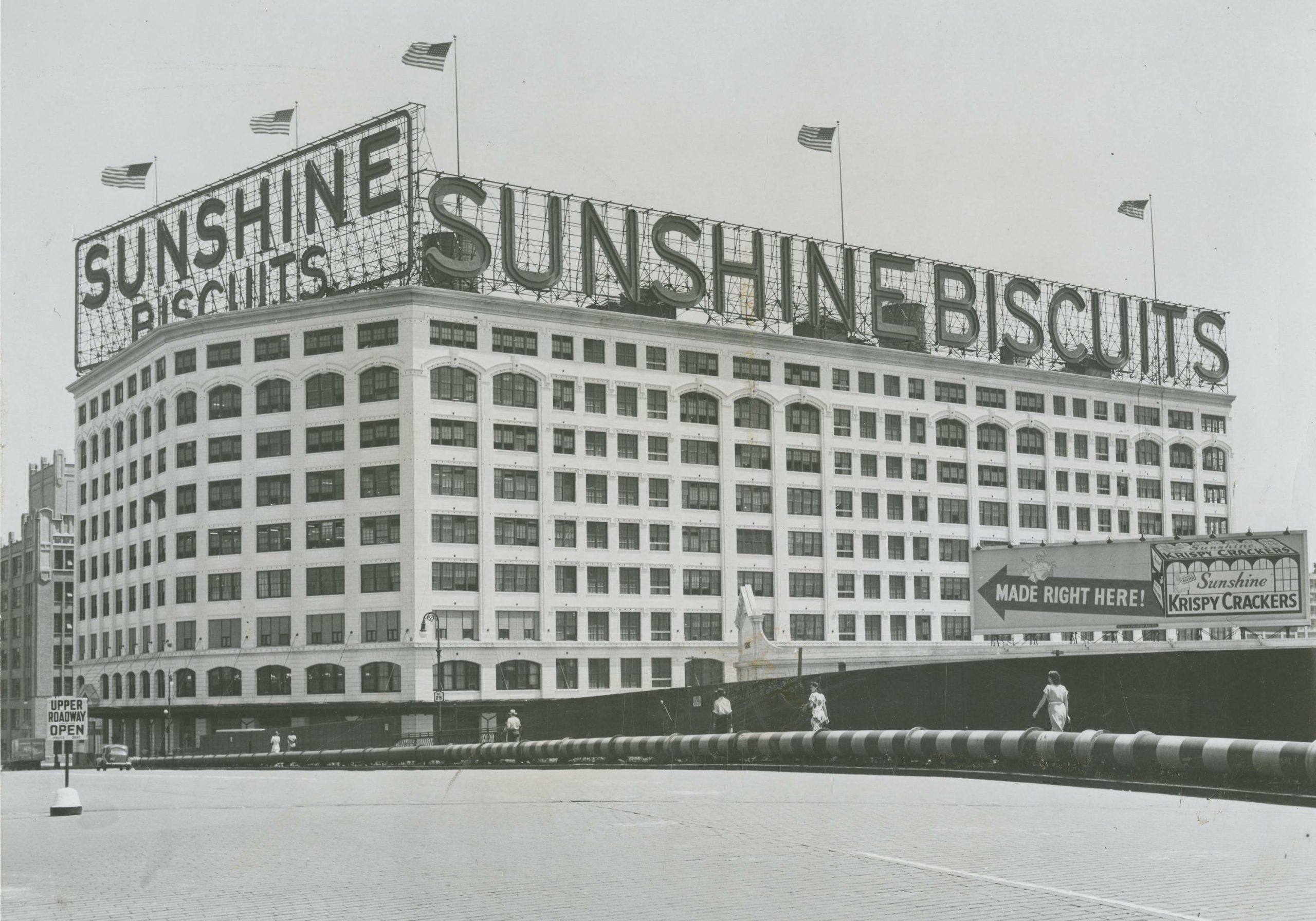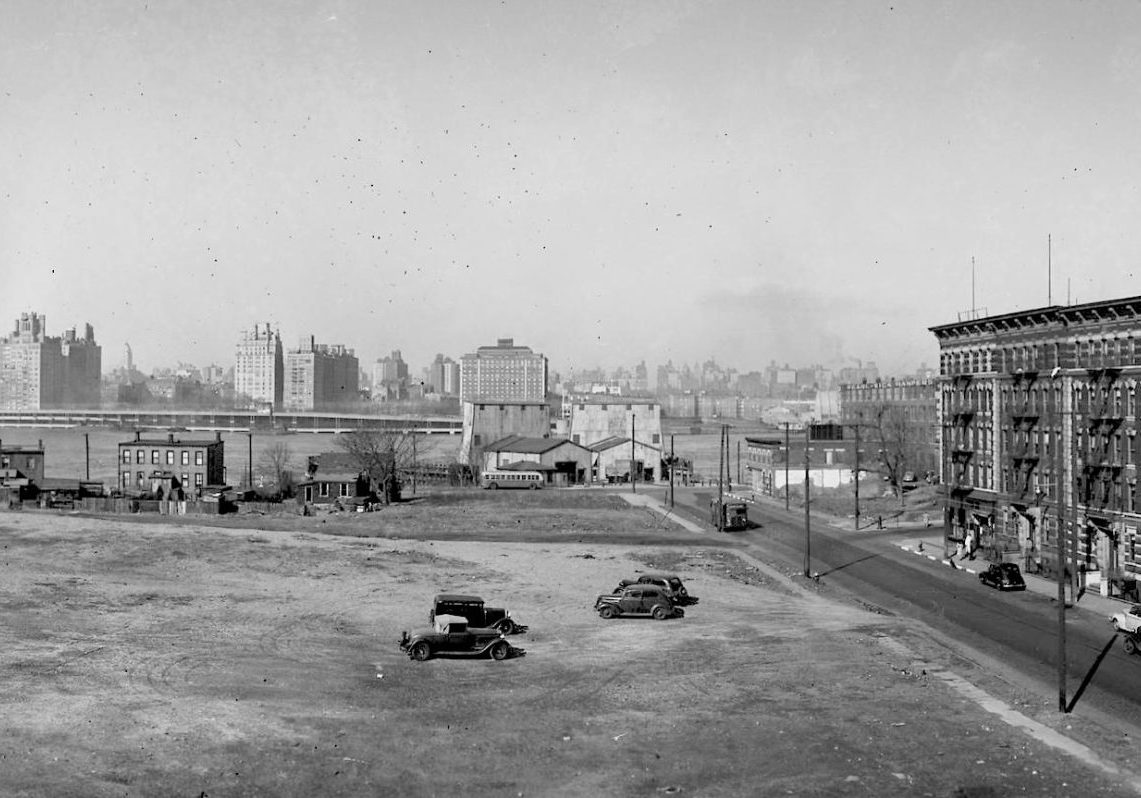Should You Stay or Should You Go?
NYC Real Estate and the Housing Market Clash

image shutterstock
Our GMA team catches up again with Elias Fillas of Sacco & Fillas LLP to get his insight on affordable housing in NYC, how it impacts the current housing crisis, and what it all means for renters in NYC.
GMA: Let’s talk about the housing crisis in NYC. Is there one?
EF: Yes.
GMA:
With so many New Yorkers living hand-to-mouth, where most of their money goes to rent, what does affordable housing really mean?
EF:
The federal government defines “housing” as “affordable” when it consumes no more than thirty (30%) of a household’s income. It is based on a household’s percentage of Area Median Income (AMI), which is set by the federal government. In its simplest terms, it is housing that a household can pay for, while still having money left over for other necessities such as food, transportation and health care.
GMA:
Is there an overwhelming demand for affordable housing, and if so, why?
EF:
Yes. The strongest reason for lack of affordable housing is supply and demand, where the supply of housing has not kept pace with the rapid expansion of the city’s population. Also, the insufficient construction of new housing units contributes to the crisis.
GMA:
How does the housing crisis affect low to moderate income individuals and families? Are they being priced out, especially as the cost of living in NYC continues to go up?
EF:
Whether we are speaking about low, moderate, or median income individuals and families, each of these families are affected by the affordable housing crisis. The same reasons apply to all three: supply and demand and lack of new housing units. Also, wages for city renters have stagnated, even after making adjustments for inflation, whereby the average income has not increased to meet the average costs of living which includes higher rents and the increasing cost of food, transportation and other everyday necessities.
GMA:
How has the pandemic affected the housing crisis?
EF: The affordable housing crisis is compounded by the Covid-19 pandemic because the loss of jobs results in the loss of income and the inability for one to pay rent. While there is currently a moratorium on evictions based on non-payment of rent, the rent arrears have not been wiped out; ultimately, evictions will resume and tenants who owe back rent may not be able to pay their landlord significant, accumulated rent arrears and will face eviction.
GMA:
Everyone keeps talking about the real estate bubble, expecting it to burst. Will there be more affordable options for people looking to rent or buy real estate in Astoria?
EF: According to LowIncomeHousing.us, there are seven (7) low-income housing complexes in Astoria. The listing includes HUD apartments, Section 8 apartments, Public Housing apartments, non-profit senior and family low-income apartments, and low-income tax credit apartments. In addition to many smaller developments in Astoria, the Hallets Point development (which proposes the construction of 1,400 residential units) is planning to set aside up to 30% of the units within the development as affordable housing units.
GMA:
Lastly, with all the development going on, will management properties and landlords be able to fill apartment vacancies if they don’t lower rent?
EF:
Probably not in the current real estate environment because there exists a great amount of inventory of vacant apartments. However, we anticipate that changes in the NY State’s 421A tax abatement laws will slow new development, giving the level of demand for apartments an opportunity to catch up to the already abundant supply of apartments on the market.
















